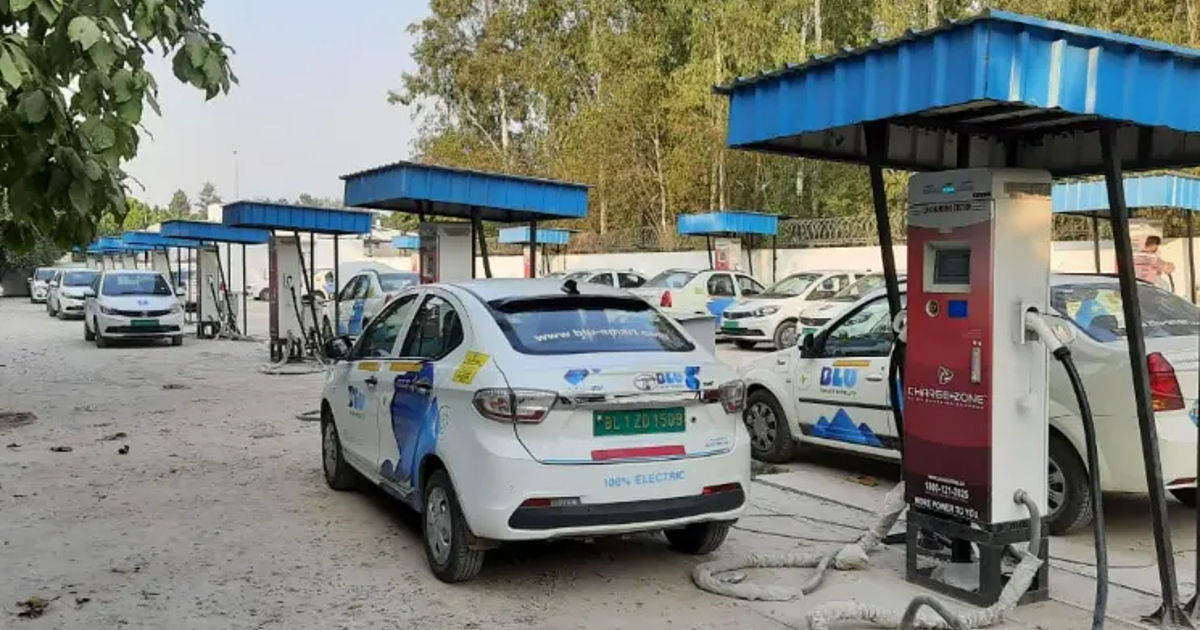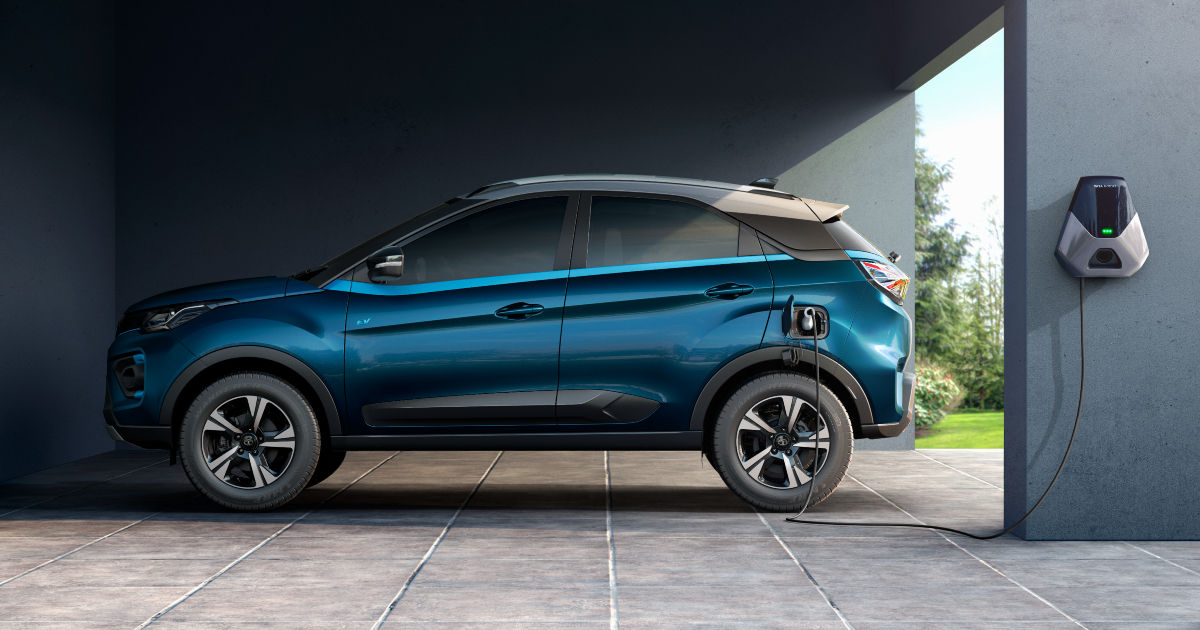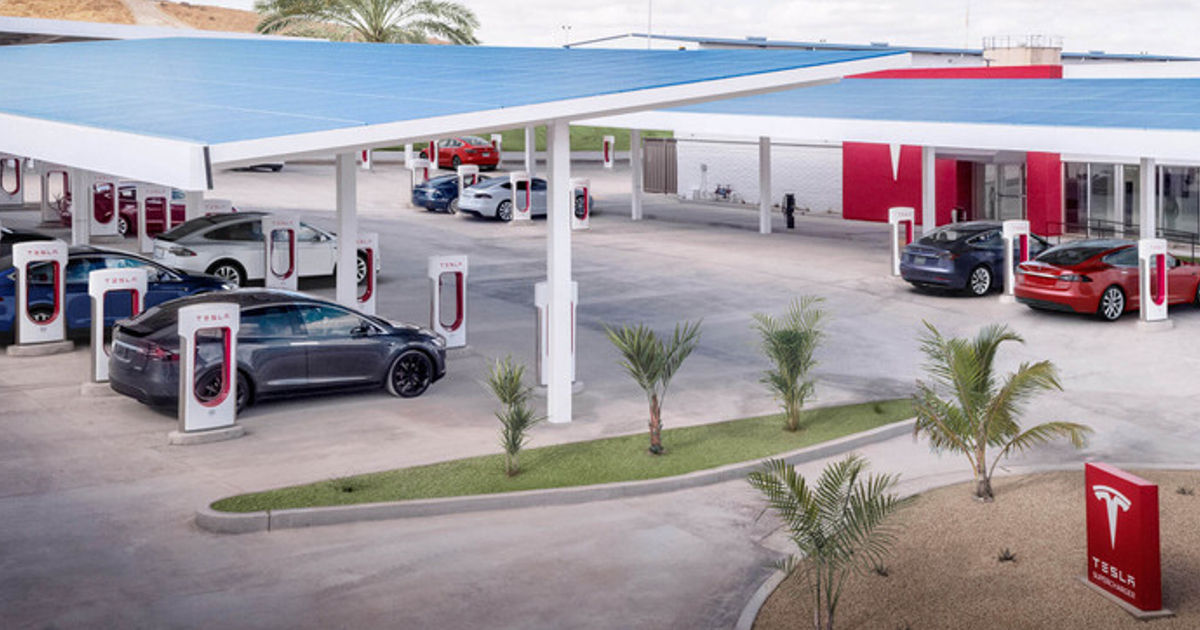The new age of electric vehicles is bringing striking changes to the Indian roads. They are quieter, cleaner and look like straight out of an old sci-fi movie. Powering these electric powertrains are large lithium-ion batteries that need to be charged periodically. While the vehicle themselves are aplenty, in the form of electric cars and scooters we see zipping around us, the infrastructure for their charging is still scarce. Not for long though.
The Government of India has made it clear about an urgent need for electric vehicle adoption and its associated charging infrastructure. Charging stations will then, play a critical role in this grand scheme of things. In a poetic verse, they shall be the fuel stations of the new age of Indian mobility.
So, the question that comes in next is – who will bring about this change? The GoI is making efforts to boost the EV charging network across India. In its recent Guidelines and Standards for EV charging infrastructure, the Ministry of Power assigned a plan of putting up 22,000 EV charging stations within cities and on national highways across the country. It has handed the onus for these to the government-backed oil companies including Indian Oil Corporation Ltd. (IOCL), Bharat Petroleum Corporation Ltd. (BPCL) and Hindustan Petroleum Corporation Ltd. (HPCL).
Luckily for all of us, the responsibility will not be exclusive to the existing players. The government wants the citizens to play a part in this too. For this, some of the issued guidelines attempt to make it easier for an individual to set up an EV charging station in his/ her area. The notable ones are attractive subsidies around such EV charging setup, help in connections to the grid, as well as the removal of any license requirements for the same.

In case you are able to assess the value of these aids, and wish to be a part of the EV revolution of India, setting up an EV charging station around you may be a great initial step. Here’s how you can set up an EV charging station?
How an EV charger works
The piece of equipment that is plugged into an electric vehicle in order to charge it is called an electric vehicle supply equipment (EVSE), or in simple terms, an EV charger. Such a setup can be at home, at an office, or at a public location that is meant for general use by the public.
What these chargers or “stations” do, is source the energy from the grid and provide it to the electric vehicles, just as they require it. Now there are only two broad classifications of chargers based on this working – an AC charger which provides limited charge and hence has a slow charging speed, and a DC charger which is super fast in comparison, thanks to a much higher rate of charge transfer.
Other than the time they take to charge a vehicle, the amount of electricity they consume is another important learning you can take from this working of electric chargers. Since the AC chargers require less power, they can be installed in a home setup with the existing connection to the grid. A DC charger would require a separate, dedicated connection though.
Types of EV charging stations

These important distinctions are specified under the three levels of EV charging stations:
Level 1 charging: The most basic of AC chargers, put a minimal load on the grid at the cost of long EV charging times.
Level 2 charging: AC chargers with a bumped capacity (up to 22kW), cut down the EV charging times by more than half in comparison with Level 1 charging.
Level 3 charging: The fastest EV chargers available today (up to 250kW). In India, support for DC chargers of only up to 50kW is present as of now, which still are volumes faster than the fastest AC chargers in the market. These are mostly used in public EV charging stations and are usually provided by a whole different class of suppliers altogether.
There are ample options available for each of these categories in the market. Knowing about these different types of chargers, you should now be able to do your market research much more easily, and pick the most suitable product as per your budget.
Here is a list of other such aspects that you need to keep in mind for the station.
Land
You might be having a piece of land that you want to put to an environment-friendly use. If not, there is a chance that you lease the land required for an EV charging station. The good part is, that both will require the same considerations and none will cost you an exorbitant amount to start your first EV charging station.
Area, is of importance, as the amount of land will determine the number of EV chargers you can put in. Since each charger will need to have a vehicle’s space right next to it, make sure you have enough for multiple such cars simultaneously. About 500 sq. ft. of space is estimated to serve 3 or 4 cars at one go. Remember that you will also need space for a proper entry, exit and queue for these vehicles.
Charging stations usually tend to have recreational setups around them. This is because the EVs that come in for charging usually spend about an hour on the chargers. The occupants tend to pass this time at the adjacent cafes, restaurants or any other such venue. This is a practice that also helps investors increase their returns from the setup. It works both ways, as public places with a high footfall are fast installing EV charging stations as a convenience for visitors.
This brings us to another very important aspect of this land that will determine the revenue of your EV charging station.
Also Read: Electric Car Buying Guide: Top 11 Things to Know Before Buying an Electric Car
Location

Much like petrol pumps which are extensively spread alongside the Indian roads, EV charging stations need to be stationed at a front that is easily visible and accessible to EVs running on the roads. A location along a highway or on the main roads of a city is then sure to yield very good results.
There is, however, a first-mover advantage that many new businesses can play on. As the number of charging stations is still limited, EV owners tend to choose their routes based on the location of these chargers. It is a high chance then that the operating EVs around your area will reset their route to visit your station, regardless of its location.
Charging infrastructure
Needless to say, an electric vehicle charging station will require, well, electricity. This can only be sourced from the grid after adequate approvals from the government. In order to open an EV charging station, you will thus have to get these approvals, plus take care of any infrastructure required for its working.
This will likely include a transformer and a subsequent substation. You will also have to procure electricity cables to transfer the electricity from this station to the kiosks. All this should be able to follow the guidelines set in place by the government of India, ensuring an absolutely safe transfer of electricity throughout.
Chargers

A similar necessity is for the EV chargers installed at the station. There are two international standards and one domestic standard to maintain the quality of chargers in India. These are the Japanese CHAdeMO, European CCS, and India’s own Bharat AC/ DC standards. The table below shows the exact specifications that work with each of these types of chargers.
| S. No | Charging Station | Voltage (V) | Power (kW) | Type of Vehicle | Type of compatible charger |
| 1 | Level 1 (AC) | 240 | <=3.5 kW | 4w ,3w,2w | Type 1, Bharat AC-001 |
| 2 | Level 1 (DC) | >=48 | <=15 kW | 4w,3w,2w | Bharat DC-001 |
| 3 | Level 2 (AC) | 380-400 | <=22 kW | 4w,3w,2w | Type 1, Type 2, GB/T ,Bharat AC-001 |
| 4 | Level 3 (AC) | 200-1000 | 22 to 4.3 kW | 4w | Type 2 |
| 5 | Level 3 (DC) | 200-1000 | Up to 400 kW | 4w | Type 2, CHAdeMO,CCS1,CCS2 |
It is also wise to see the market response of such chargers. Since these need to withstand repeated use and all kinds of weather, they should have longevity that keeps them safe and operational. Note that DC fast chargers are not an easy investment. To focus on this, we shall have a look at the costs of EV charger stations.
Costing
Any notable DC fast charger costs upwards of Rs 10 lakh in India. Considering 3 or 4 of these, in addition to the cost of land, is a clear indicator that this business is not open for all sorts of investors. The total amount may vary from case to case, but the components that demand your money remain the same. You can broadly classify them into installation cost and operational cost.
Installation cost: Land, Electricity connection, EV Chargers, Integration, other infrastructure.
Operational cost: Software maintenance, Technical maintenance, Manpower, Advertisements.
It is estimated that installing an EV charging station in India, on leased land, and with one unit of all types of chargers, can cost you upwards of Rs 50 lakh. Government policies will help you out with some of the aspects, like a subsidy on land leases and a standard rate for electricity. Here are some other mandates that you need to abide by for an EV charging station of your own.
Government policies
The Indian government has cleared that no license is required to build an EV charging infrastructure, meaning any individual can pursue the plan as a viable business model. In fact, the government has mandated that any such EV charging stations will be provided with an electricity connection “within 7 days in metro cities, 15 days in other municipal areas and 30 days in rural areas,” in its revised consolidated guidelines and standards for EV charging infrastructure.
It also allows the freedom for such EV chargers to source their energy from any available service provider. Similarly, they are free to use any of the chargers available in the market, as long as they meet the set technical and safety standards. Some mandates, on the other hand, require each public EV charging station to have a transformer and a substation, adequate safety measures and tie up with at least one online Network Service Provider for online booking of charging slots by EV owners.
Perfect time for a new setup
The Government of India has big plans for this infrastructure. For instance, it wants to add more than 1000 EV charging stations across India before 2023, with a station in every 3km X 3km grid. In addition, it wants one EV charging station to be set up every 25km on both sides of highways and roads. This leaves a huge scope for new EV charging infrastructure within the next few years. First movers will have an obvious advantage, especially in major cities like Delhi, Mumbai, Bangalore and Hyderabad. So as EV owners on the Indian roads increase, this might just be the right time to get this business going if you ever planned it. Of course, now you also know just about every aspect of it to do so confidently.
The post How to Set up an EV Charging Station in India: Know The Types, Costs, Policies And More appeared first on MySmartPrice.
from MySmartPrice https://ift.tt/sV3OUtF
No comments:
Post a Comment